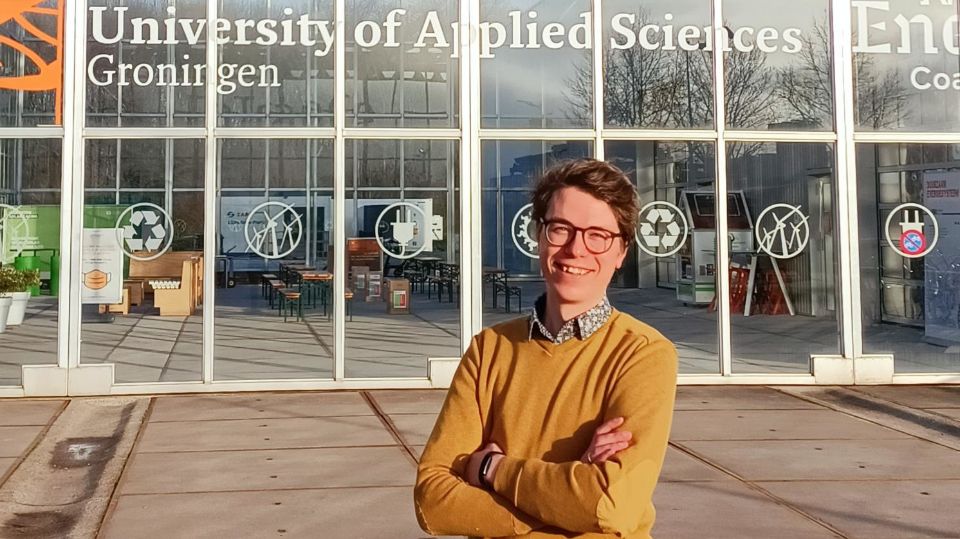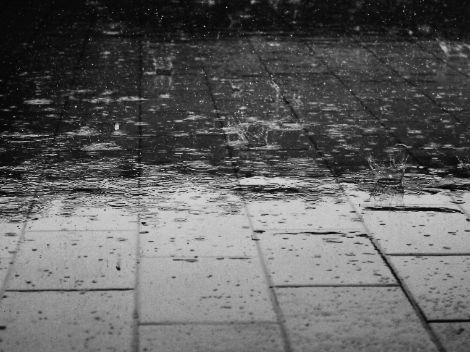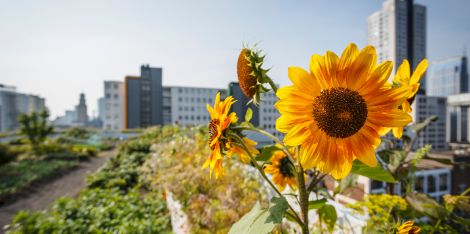‘Innovation means new support for wind farms despite controversial turbines’

Eight years ago, the task of building a wind farm was less complicated. As a planner, you were engaged in a familiar process. But nowadays, who wants a 200-metre-high wind turbine in their neighbourhood? Jimme Zoete, ambassador for Witteveen+Bos’s pop-up office in Groningen, talks about a transition that calls for innovation.
What major changes have you seen in recent years?
‘The search for solutions is becoming an increasingly bigger challenge. We want more sustainable energy, but large-scale wind and solar energy is, in large part, already in place or planned in the Netherlands. So, the time for easy solutions in the energy transition is over. We search for smart solutions and look at the system around the generating facility. We also need to identify the consequences. The energy network is so overloaded that we have to come up with smart innovations.’
‘The time for easy solutions in the energy transition is over.’
‘People see wind turbines as giant things with huge blades and more and more of them are popping up. This means that we’re more often required to show that they’re necessary and also why they need to be put in a particular place. At residents’ evenings, the subject is a hot topic – it’s controversial – so our communication has evolved at a rapid pace. This makes demands of our colleagues’ resilience, but it also calls for innovation. We’re going to have to make more direct connections between the revenues from turbines and solar parks and benefits to the surrounding area. Only then will we regain support, keep things moving and be able to meet the Paris and Kyoto targets. Responsible development for and by residents and businesses is the way out of this impasse.’
How do we make our energy system future-proof?
‘Thinking beyond your current project is a bit of a switch. We use our sustainable design principles to help. By thinking ahead to how the future might be, we make our energy system future-proof. Extending the trending developments of today and applying innovations based on this, such as the growth in electric cars and the related charging solutions (v2x = vehicle to anything). In five years’ time, our energy network won’t be able to cope with the increase in electric cars. In some municipalities, that’s already the case today. We’re working today on solving these future problems.’

So, who’s the client if there’s no current problem?
‘Today, a problem owner doesn’t see any immediate need to invest outside their current project. Also, the energy supply chain consists of several parts and is enormously complex. It’s almost impossible in that context to implement innovative solutions on your own. That’s why we’re seeking to collaborate by establishing ourselves in the Energy Transition Center (EnTranCe, Groningen). Together with research institutes and companies, we’re innovating, programming further innovations, and diving into the underlying problems of the energy transition. We shouldn’t wait for the market to ask us questions; we can attract clients with effective solutions to predictable problems.’
What underlying problems have you encountered?
‘The problems are in the questions we’re now being asked. For example: installing a solar roof on a business premises, but the solar roof turns out to be too heavy for the building. Sometimes a quick fix can be found within the budget for a problem like that. But actually, there’s a bigger problem when you look at the context of that property. The client asks for a plaster but needs an operation. But when is the problem big enough to do something about it, and who’s going to pay?’
‘The client asks for a plaster but needs an operation.’
How will a pop-up office at the Energy Transition Center (EnTranCe) in Groningen help you?
‘If we want to continue the energy transition in a sustainable way, we have to do more than just apply plasters: we have to get into the lab! We need to work together in a physical space which is fully equipped for coming up with solutions for the future. Innovations aren’t created by working alone in your attic. Even when a brilliant idea does come from an individual, it takes collaboration, prototyping, validation, experimentation and further development to finally arrive at the solution. From that lab, we go to our outside lab: the city. That’s where we create the real added value for the built environment.’
Feel free to visit us for an innovative coffee at our office at EnTranCe!


